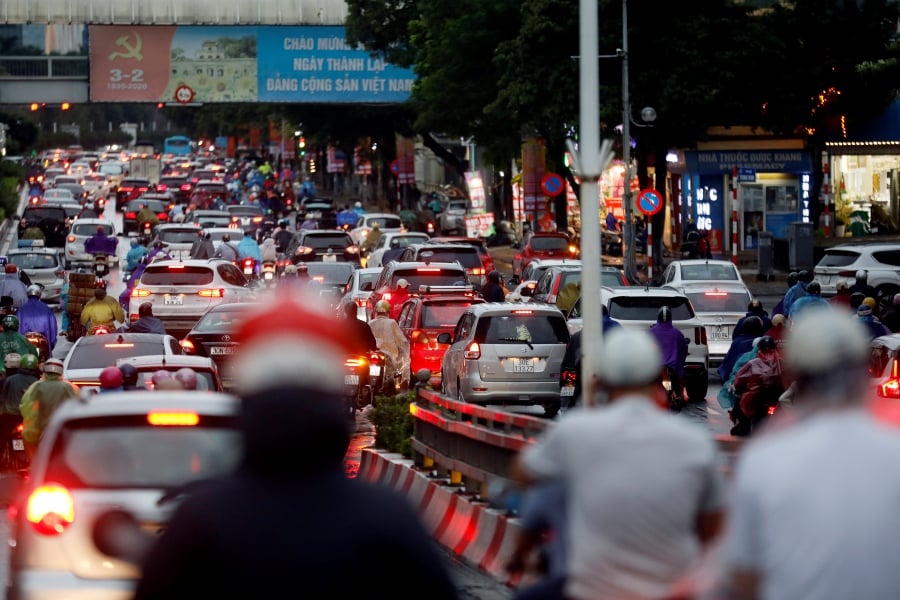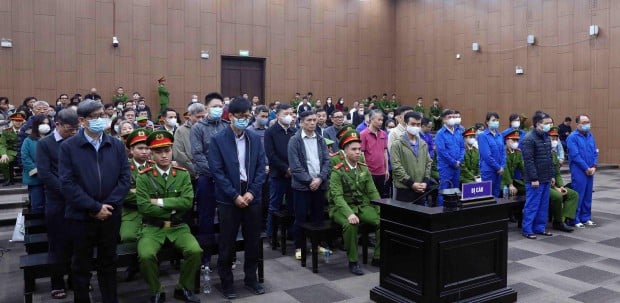AS Vietnam's largest city Ho Chi Minh reopens its economy, tens of thousands of workers are flocking back to the city as Vietnam moves into the phase of living with Covid-19.
Local media reported that workers from the Central Highlands and other southern provinces have started to return as manufacturing and production activities in various industrial have resumed.
Large convoys of motorcycles have been seen along routes leading from Central Highlands provinces like Kon Tum, Gia Lai and Dak Lak to the south.
The Vn Express said that many are labourers who left Ho Chi Minh City and the nearby provinces of Binh Duong, Dong Nai and Binh Phuoc several months ago due to a Covid-19 wave that ravaged southern Vietnam.
With many passing through the southern province of Binh Phuoc to get to other southern provinces, authorities there now require the workers to stop at a checkpoint, show a negative test certificate obtained within 72 hours, and wait to be led by traffic police through the province.
Binh Phuoc police said about 1,000 people passed through the daily since Oct 3.
Many others are using various other means and routes to return to the city and look for work opportunities.
The General Statistics Office of Vietnam had previously said that about 1.3 million workers had returned to their hometowns between July and Sept during the lockdown in Vietnam.
Of these, about 324,000 returned from Hanoi, 292,000 from Ho Chi Minh City and 450,000 from other southern localities.
The figure for informal workers is even higher with authorities estimating that in Ho Chi Minh City alone, about 600,000 left the city.
This does not include tens of thousands of people who left the urban areas for their hometowns in the countryside since Oct 1, when Ho Chi Minh City and other neighbouring provinces eased Covid-19 restrictions.
Many left as they have been without jobs for the past several months and were no longer able to afford a place to stay or sustain themselves in the city.
The provinces of Binh Duong, Dong Nai and Long An were the hardest-hit localities in the latest Covid-19 wave, after Ho Chi Minh City.
All four are major industrial hubs that employed a large number of workers from across the country.
Ho Chi Minh City's Department of Labour, Invalids and Social Affairs said around 143,000 migrant workers have returned to work since Oct 1 and more are expected to do so in coming days.
However, its director Le Minh Tan said the city still lacked around 60,000 workers in hi-tech areas, especially in fields like textiles and food.
In Dong Nai, around 82 per cent of businesses have resumed operations and workers who have been staying at the factories can now return home.
Dong Nai has also agreed with Ho Chi Minh City on transportation methods to bring the workers back to work.
Most businesses in Binh Phuoc have also restarted but around 55,000 workers have not returned.
The province is trying to bring back 25,000 workers this month, before bringing in the rest in November.





